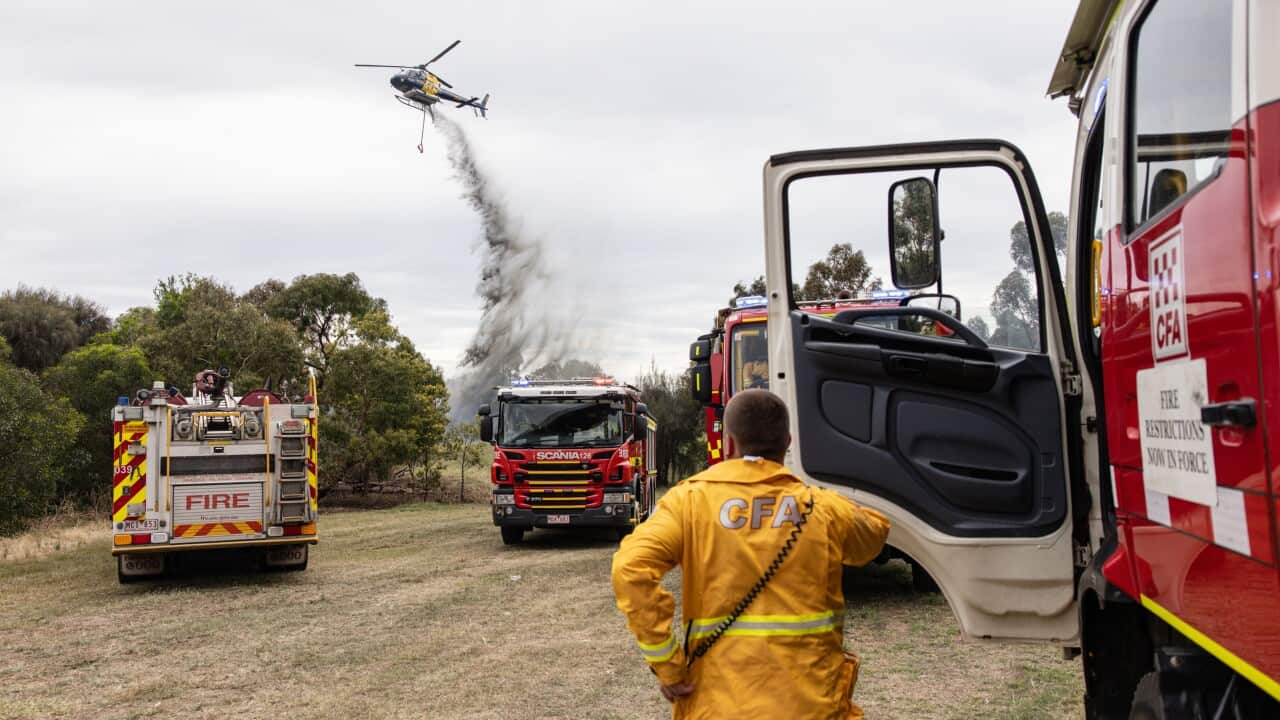Key Points
- Natalia Álvarez’s overcooked pizza led to a fire crew being called out to a ‘false alarm’.
- Her X post about the incident ‘went viral’, attracting almost six million views.
- While at first ‘mortified’, she successfully used crowdfunding to pay her account.
She had misunderstood the re-heating instructions on the side of the pizza box which were for a conventional oven, rather than a microwave.

The smouldering slice of pizza which led to the call-out of a fire crew and the evacuation of Natalia Álvarez’s building. Credit: Natalia Álvarez
“When I opened the microwave, all the smoke came out at once. The evacuation alarm went off immediately and there was no window to open,” she told SBS Spanish, adding that she set the cooking time to eight minutes.
“When I ran downstairs to tell the administration that it was nothing serious, they told me that the fire (officers) were already on their way and that there was nothing more I could do.”

Natalia Álvarez said she cried for two days after receiving a bill for $1,600 for a ‘false alarm’ call-out of a Fire and Rescue NSW crew to her apartment complex. Credit: Natalia Álvarez
Residents of the 12-storey complex were evacuated to the street until the fire department reached the scene, deeming it a “false alarm”.
Alvarez was “mortified” by witnessing residents evacuating in various states of undress with some wrapped in towels while others were still holding their cooking utensils.
‘I spent the whole night crying’
By Wednesday, she said she’d resolved to try and “laugh about it” and posted about her ordeal in two videos on X, which were viewed more than six million times respectively.
Despite the incident, Álvarez said she was enjoying life in Sydney, but admitted she had “given up cooking” as it was an activity she was “not particularly good at”.
Open vents and windows while cooking
Fire and Rescue NSW does not support charges being passed on to individual occupants in the case of shared residences, although exceptions may apply, she explained.
However, if a fire-related incident is imminent and cannot be avoided, she advised to immediately evacuate the area and call triple zero (000).
‘False alarm’ fees Australia-wide
- Victoria: $638 for each fire truck for each 15 minutes
- New South Wales: $1,600
- South Australia: $471 (Adelaide) and $645 (country areas)
- Western Australia: $1,337
- Queensland: $1,300
- Tasmania: $390
- Australian Capital Territory: $294 (residential premises) and $1,467 (non-residential/commercial premises)
- Northern Territory: $1,118
Listen to the interview on the podcast located at the top of this page.












